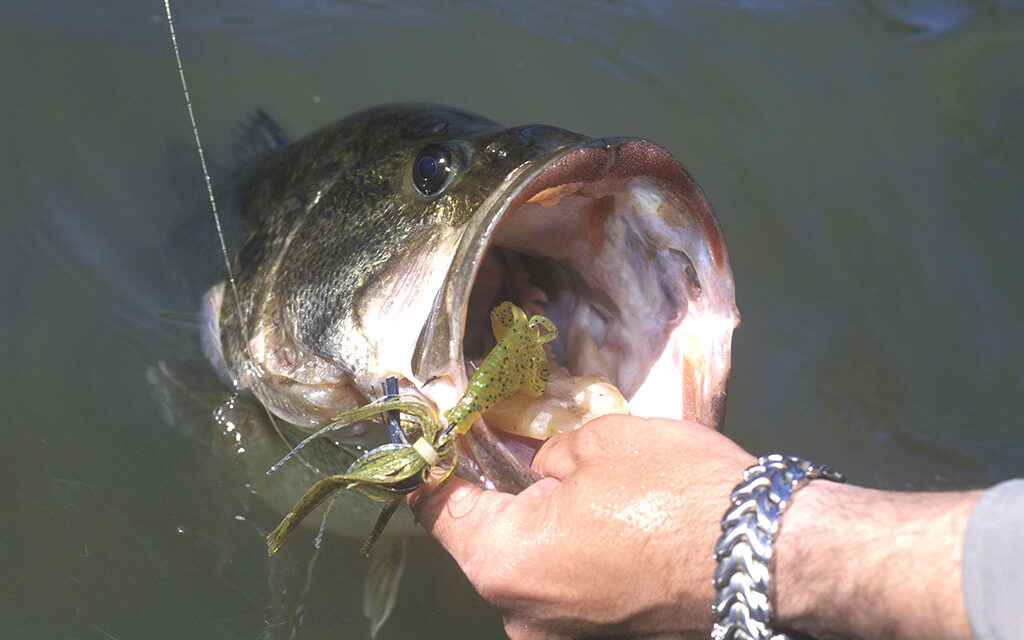By John Jefferson
The late Elroy Krueger was a fishing guide on Choke Canyon Reservoir, a tackle shop owner, a tournament angler, and a friend.
He told me once that he caught the same largemouth bass from under the same bush on Choke Canyon, two years in a row. He said he knew it was the same bass because the fish had a scar where he had hooked it the year before.
I have written numerous times that most bass move out of the creeks and coves into deep, cooler water to beat the heat and then again in winter to avoid severe cold. Was my friend’s bass smart enough to remember exactly where his favorite huisache bush was on the lake and return to it?
Or had it stayed close the whole time?
A recent study by Texas Parks and Wildlife Dept. (TPWD} may shed some dappled sunlight on that subject. TPWD Inland Fisheries biologists just completed a study initiated when anglers reported declining catches.
Toledo Bend and Lake Fork – two waterbodies frequently producing trophy bass — were the study sites. TPWD’s data, however, didn’t confirm a decline. So, what gives?
The study focused on seasonal habitat use, movement, home range of largemouths, and how all that correlated with angling pressure. It also studied noise’s effect. Forty-three bass on Toledo Bend and thirty-eight on Fork had radio transmitters implanted. Izaak Walton never dreamed of that when he penned “The Compleat Angler!”
The “electrified fish” study featured bass between16 and 24 inches in length – excluding my dinky catches! It produced some surprises. Mainly smaller home ranges and occupied areas over a year’s time.
“On Lake Fork, the average total home range these fish occupied was 60-acres or less,” according to Jake Norman, Inland Fisheries’ Tyler District Supervisor. “The average core use area was just over 10-acres,” Norman said. Most bass didn’t migrate all over the lake. And neither the seasons, weather, nor lake levels mattered. Not much movement from bank to offshore structure, either.
I appreciate the study and results. However, is two years a statistically significant study time? That may not allow for droughts and lake recovery.
Stealth – or lack thereof – was another factor considered. The report called stealth “a big take home” from the study. Bass are sensitive to noise, be it a 200-hp motor or too much vocal chatter. Or a radio blaring out across water, carrying the sound, as you cast.
The study reaffirmed seeking traditional ‘high percentage spots’ like drops, points, and other habitat features – even featureless flats with less fishing pressure.
The fish are there. July 10 marked the one-billionth fish stocked by TPWD’s robust forty-year fish stocking program.
In case you hadn’t heard, a Texas lady, Lea Ann Powell, has been confirmed as breaking the IGFA line class record for 12-pound test line, catching a 12-pound, 3-ounce largemouth bass from Lake O.H. Ivie.
There’s possibly a fish out there with your name on it. And it may be where it’s usually been.
You’ll never know unless you try!
JJ





